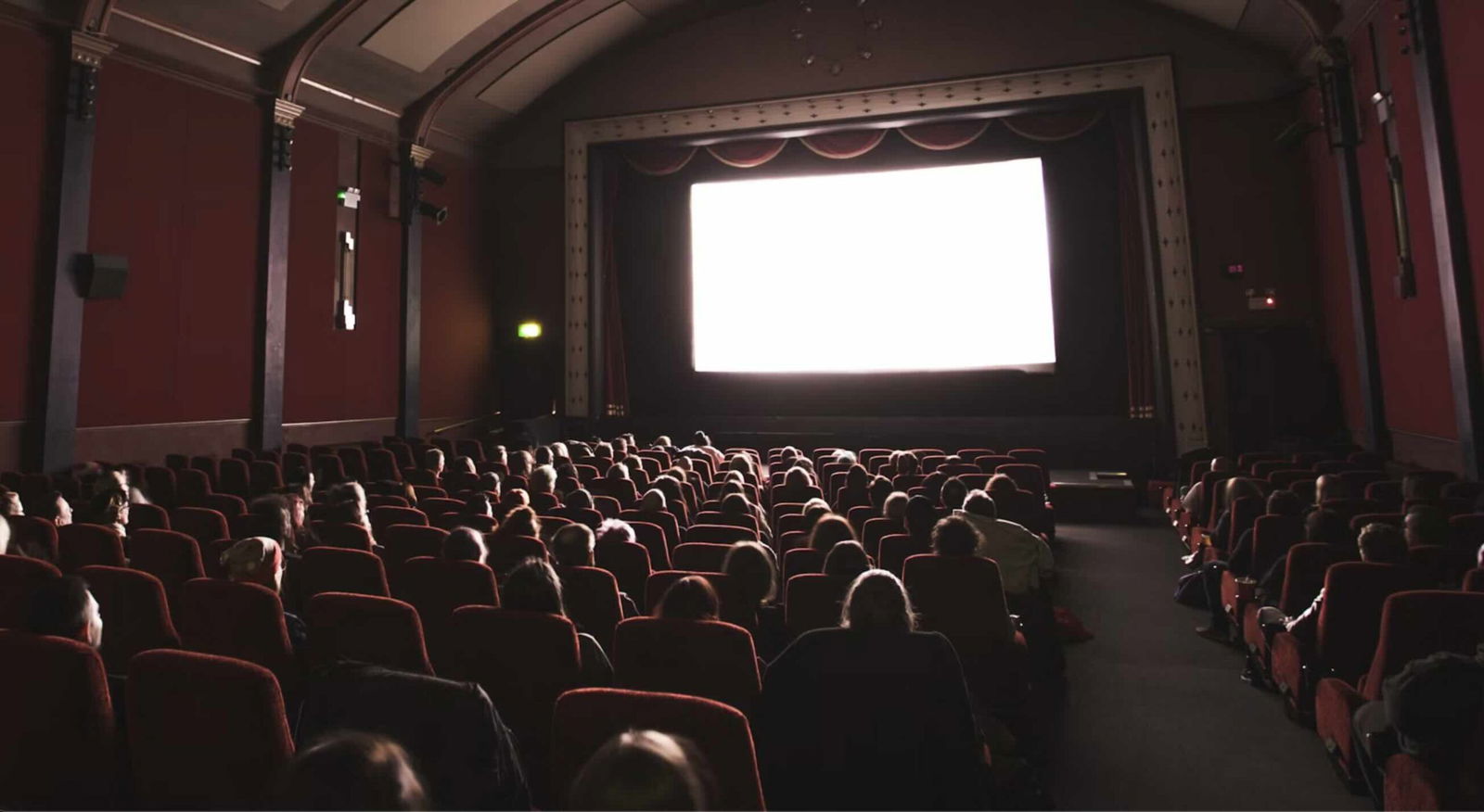Neuroscientists from MIT are closing in on understanding what happens within our brains when we watch a movie by mapping the process in remarkable new detail.
Using fMRI (Functional magnetic resonance imaging) scans to observe what happens in different brain regions while people watch films, the new research, published in Neuron, shows how our brains respond to everything from thrilling action scenes to subtle social interactions. The MIT researchers’ findings reveal what is believed to be one of the most comprehensive brain mapping efforts created for real-time, complex stimuli to date.
“Our work is the first attempt to get a layout of different areas and networks of the brain during naturalistic conditions,” said neuroscientist Dr. Reza Rajimehr, the study’s first author, in a recent statement.
Watching Movies for Science
The data from the recent study came from the Human Connectome Project, which publishes studies on the human brain, allowing the MIT team to look at the brains of 176 young adults as they watched 60 minutes of various movies, including popular Hollywood films like Inception, The Social Network, and Home Alone.
Most research on brain networks relies on resting-state fMRI scans, where participants lie still with no external stimuli. In many of these studies, the participant is asked to relax, lie still, and try not to think of anything in particular. These studies give a basic view of brain function but miss out on how we process everyday sights, sounds, and emotions in real time.
“With resting-state fMRI, there is no stimulus—people are just thinking internally, so you don’t know what has activated these networks,” Rajimehr explained. “But with our movie stimulus, we can go back and figure out how different brain networks are responding to different aspects of the movie.”
How Movies Activate Different Brain Networks
The team’s analysis of the data showed that the brain has specific networks that light up depending on what’s happening on screen. When participants watched scenes of the different films involving people, certain brain areas linked to social processing became active. Other regions—connected to movement and object recognition—were more engaged in scenes featuring action or interactions with inanimate objects.
Using machine learning to analyze the data, the researchers averaged the participants’ brain activity. They found that 24 distinct brain networks corresponded to different types of information, such as recognizing faces, interpreting speech, and detecting landmarks within the films. The researchers then mapped the networks to show how they interacted with each other from scene to scene. Their analysis found that even when someone seems relaxed when watching a movie, their brain is constantly activated differently.
Easy vs. Hard-to-Follow Scenes: How the Brain Adapts
The researchers also discovered that when movie scenes are complex or challenging to understand, our brains rely more heavily on “executive control” networks. These areas help us plan, solve problems, and prioritize information. When scenes were straightforward—like a simple conversation—the brain shifted gears, engaging regions dedicated to language and comprehension. But the brain’s executive networks kicked in to make sense of it all in more ambiguous scenes, with lots of contextual information or subtle social cues.
“Executive control domains are usually active in difficult tasks when the cognitive load is high,” said Rajimehr. “It looks like when the movie scenes are quite easily comprehensible, for example if there’s a clear conversation going on, the language areas are active. But in situations where there is a complex scene involving context, semantics, and ambiguity in the meaning of the scene, more cognitive effort is required, and so the brain switches over to using general executive control domains.”
What’s Next for This Research?
Since this study looked at average brain activity, future research may look at individual differences. For example, how might people’s brains process movies differently depending on age or mental health conditions?
“In future studies, we can look at the maps of individual subjects, which would allow us to relate the individualized map of each subject to the behavioral profile of that subject,” Rajimehr said. “Now, we’re studying in more depth how specific content in each movie frame drives these networks—for example, the semantic and social context, or the relationship between people and the background scene.”
By understanding how different scenes activate specific brain networks, scientists are getting closer to deciphering the intricate ways our minds navigate the world—one movie scene at a time.
Kenna Hughes-Castleberry is the Science Communicator at JILA (a world-leading physics research institute) and a science writer at The Debrief. Follow and connect with her on X or contact her via email at kenna@thedebrief.org

